Trailing Jade (Peperomia rotundifolia), also known as Creeping Buttons, Jade Necklace, Round Leaf Peperomia, and Yorba Linda, is a charming perennial species from the Piperaceae family. Native to the tropical rainforests of South America, this trailing plant thrives in high humidity, making it a perfect choice for indoor spaces with similar conditions.
With its lush, rounded leaves and cascading growth habit, Trailing Jade has become a favorite among houseplant enthusiasts. However, proper care is essential, especially regarding watering, as this species is prone to issues if overwatered. Its adaptability and striking appearance make it an excellent addition to any plant collection.
| Common name | Creeping Buttons, Jade Necklace, Peperomia Rotundifolia, Round Leaf Peperomia, Trailing Jade, Yorba Linda |
| Botanical name | Peperomia rotundifolia |
| Family | Piperaceae |
| Species | rotundifolia |
| Life cycle | Perennial |
| Plant type | Epiphyte |
| Uses | Hanging Baskets |
I. Appearance and Characteristics
Peperomia rotundifolia, also known as jade necklace, trailing jade, creeping buttons and round leaf Peperomia, is a trailing plant species of peperomia native to the tropical rainforest of South America. The first European to describe it was Carl von Linné, and got its current name from Carl Sigismund Kunth.
Peperomia rotundifolia produces thin, soft trailing stems with a vining growth habit of up to 12” inches long.
Each perennial epiphyte succulent stem consists of several small green leaves growing all along the stem on either side.
The leaves have a rounded appearance and typically measure about an inch in diameter although some peperomia varieties are known to produce slightly larger leaves measuring as wide as 4” inches in diameter.
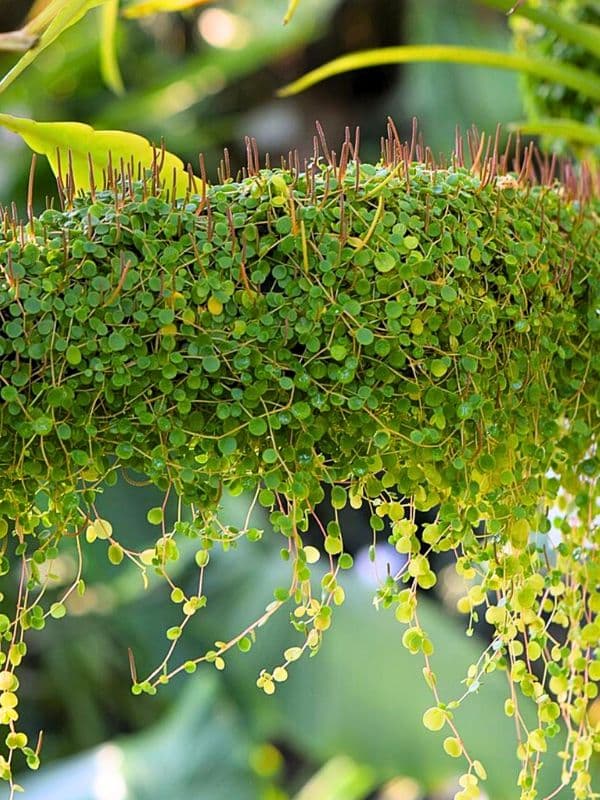
Peperomia rotundifolia is commonly grown in home gardens. In its natural habitat, it is often found thriving on tree trunks and rotten logs and crawling through rock crevices, and covering the forest ground.
Peperomia plants feature tiny flowers growing on spikes. The flowers are neither fragrant nor bear any ornamental traits.
The plant is primarily grown for its attractive foliage instead.
The long and fancy, threadlike stems laden with lush, green foliage featuring small, fleshy leaves surely look incredible whether grown indoors or outdoors.
An epiphyte, the plant grows in tropical forests in North and South America on trees and can also be found crawling on rock cracks, rotten logs and the forest ground as well, preferring moisture and shaded conditions. Their USDA hardiness zone is 10a to 11b: from 30 °F (−1.1 °C) to 50 °F (+10 °C).
The plant does best in hanging baskets, where it can cascade, as well as in terrariums. The species require high humidity, especially when it is warm, though they are very sensitive to overwatering, where they would wilt or have scab-like bumps on their leaves. They grow well in steadily moist soils. Summer temperatures should exceed 24 °C and in winter it should not be lower than 16 °C.
The plant flourishes when it is slightly pot-bound, meaning they should not be over-potted. The plant can be easily propagated from leaf cuttings. They may be susceptible to mealybugs.
II. How to Grow and Care
Sunlight
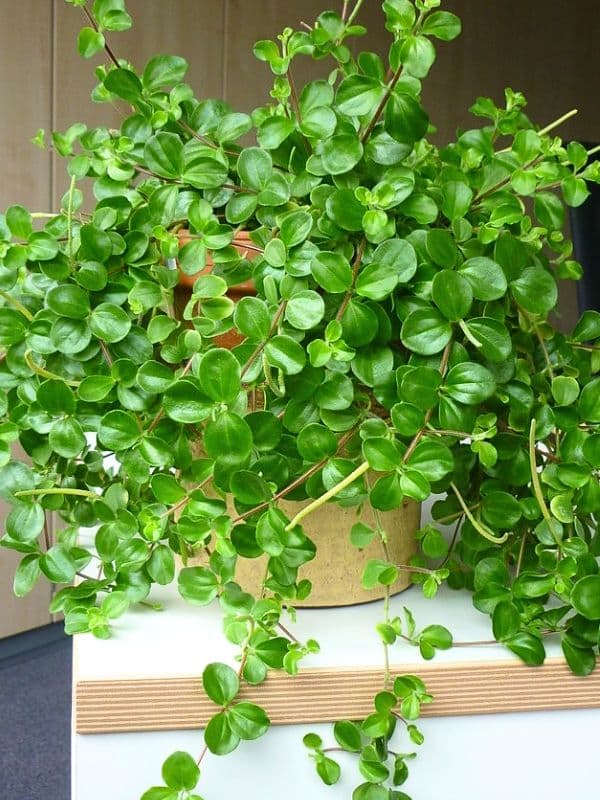
Peperomia rotundifolia prefers bright, indirect light, such as in an east-facing window or a few feet from a south-facing window. Harsh, direct afternoon sunlight can burn the leaves. In darker spaces or during the winter months, use a grow light to create optimal light conditions for this plant.
Temperature and Humidity
Like other peperomias, peperomia rotundifolia grows best in temperatures between 65 and 80 degrees Fahrenheit and moderate to high humidity. Keep the plant away from hot or cold drafts from windows, doors, and air vents. To boost humidity, group several tropical plants together to create a more humid microclimate, or run a humidifier in the space with your plant.
Watering
Rather than watering on a set schedule, check your plant’s soil moisture regularly. Water deeply when the soil has completely dried out. Wet, soggy soil can lead to root rot, which can kill or damage your plant.
Soil
Use a loose, well-drained potting mix for peperomia rotundifolia. Some growers swear by cactus or succulent soil mixes for peperomias since they’re sensitive to overly wet soil. You can also add coarse sand, perlite, or orchid bark to standard potting mix to loosen it up or make your own mix by combining two parts potting mix with one part peat moss or coconut coir, one part perlite, and one part coarse sand.
Fertilizing
Feed your peperomia rotundifolia with a balanced liquid houseplant fertilizer diluted to half strength once per month during the growing season. Begin fertilizing your plant when you first see new growth in late winter or early spring. Stop fertilizing in the fall, then resume at the start of the next growing season.
Pruning
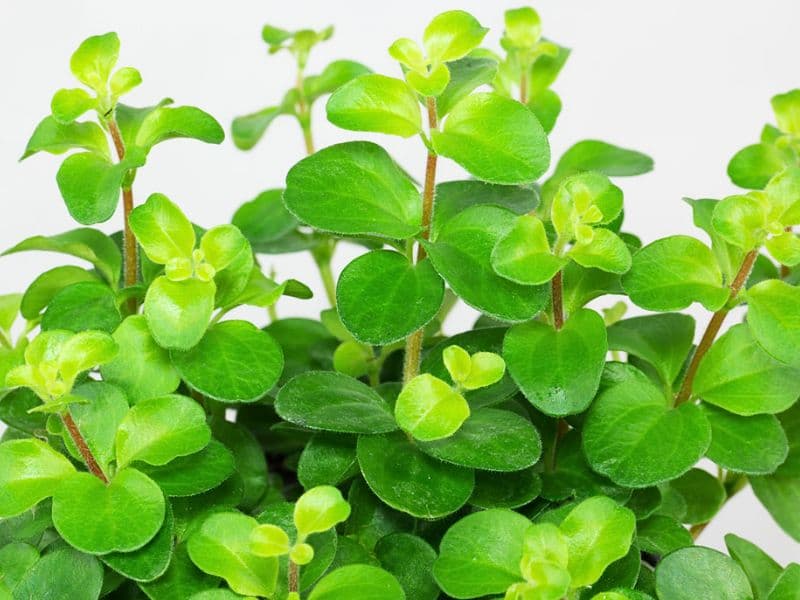
Peperomia rotundifolia doesn’t require regular pruning. Cut or pinch dead or damaged leaves and stems off at the base of the plant as they appear. You can also cut back vines to create a more pleasing shape, but avoid removing more than a quarter of total plant growth. Save healthy pruned stems and use them to propagate new plants.
Propagation
It’s easy to propagate peperomia rotundifolia by stem cuttings in water or soil. You’ll have the most success in spring or summer while the plant is in active growth. Here’s how to propagate peperomia rotundifolia.
How to Propagate Peperomia Rotundifolia in Water
Before you begin, gather your materials. You’ll need a mature plant, a small glass or jar, room-temperature water, and clean, sharp scissors or pruners.
- Look for a healthy stem on the mother plant that’s at least 4 inches long and has several leaves. Use your pruners to make a diagonal cut just below a leaf node. Remove the leaves from the lower half of the cutting.
- Place the cutting in the glass or jar. Add water to cover the lower half of the cutting that has no leaves.
- Put the cutting in a warm place with bright, indirect light. Top off the water to keep the lower half of the stem submerged, and change out the water if it gets cloudy.
- In a few weeks, you should begin to see tiny white roots growing from the stem. When the roots are about an inch long, you can pot up the cutting and care for the plant as usual.
How to Propagate Peperomia Rotundifolia in Soil
You’ll need a mature plant, a small plant pot, potting mix, water, pruners, rooting hormone powder, and a clear plastic bag.
- Choose a healthy stem on the mother plant and cut a portion that’s at least 4 inches long. Remove the leaves from the lower portion of the cutting.
- Fill the pot with soil and water it well. Use your finger or a pencil to poke a hole a few inches into the soil.
- Dip the bottom end of the cutting into the rooting hormone powder. Plant the cutting in the hole you created, patting down the soil around the stem to hold it in place.
- Cover the cutting with the plastic bag and arrange it so the plastic isn’t making contact with the plant. Tie the bag around the pot to help hold in humidity, or use a rubber band or piece of string to hold it in place.
- Put the cutting in a warm place with bright, indirect light. Keep the soil evenly moist but not soggy. Remove the bag every few days to air out the cutting.
- You’ll know the cutting has rooted when you see new leaf growth. At this point, you can pot up the cutting and care for it as usual.
Potting and Repotting
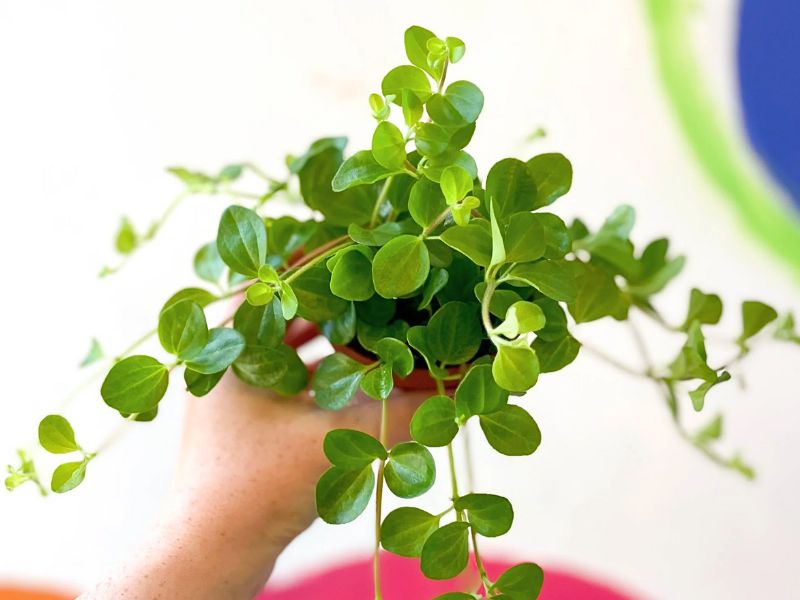
Peperomias don’t mind being slightly potbound, so you won’t need to repot more than every two or three years. Use fresh soil and a container that just fits the plant’s root ball.
Pests and Diseases
Common Pests & Plant Diseases
Like other peperomias, peperomia rotundifolia can be affected by viruses like ring spot and edema, and fungal infections like root rot and cutting rot. Plants are also susceptible to mealybugs.
Keep an eye out for fluffy white masses of bugs. Remove infestations with a cotton swab or ball dipped in rubbing alcohol, but avoid getting the alcohol directly on the plant. For severe infestations, treat plants with multiple applications of insecticidal soap according to product directions.
Common Problems
- Curling Leaves
Curling leaves on peperomia rotundifolia are often caused by a lack of moisture, whether from dry soil or low humidity. Check soil moisture and water well if it’s been a while and the soil is very dry. Consider boosting the humidity around the plant by running a humidifier.
- Leaves Turning Yellow
Yellowing leaves are a common sign of overwatering, especially when accompanied by drooping and mushy stems. Check the soil moisture, and if it’s overly wet or soggy, stop watering until it’s completely dried out. Resume watering, but allow the soil to dry out fully before watering again. Another cause can be overfertilizing, especially if the soil was very dry when fertilizer was applied.
- Plant Leaves Falling Off
Leaves falling off can be a sign of a severe problem. If the soil is too wet, root rot can cause leaves to yellow and drop off. Remove damaged leaves and stems and rotten roots, then repot in fresh, dry soil. Overly dry, parched conditions can also cause leaves to get dry, crispy, and then drop. Remove damaged plant parts, give the plant a deep soaking, and consider using a clear plastic bag or small greenhouse around the plant to hold in humidity while it recovers.
III. Uses and Benefits
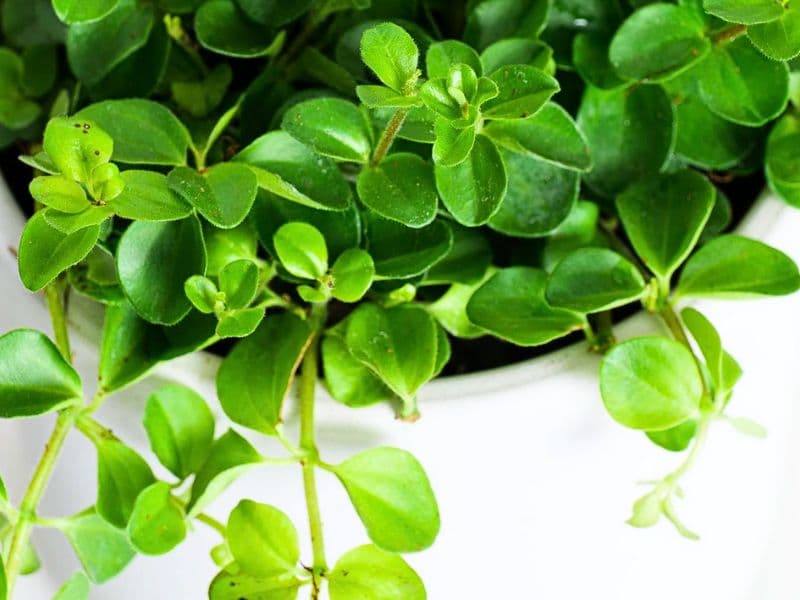
The trailing stems of trailing jade make it ideal for summer window boxes and hanging baskets. The thick round leaves have a soft texture, making them aesthetically attractive for elevated planters and containers in courtyards. Its ornamental evergreen foliage also makes it a suitable houseplant.
Find Where to Buy the Best Trailing Jade (Peperomia rotundifolia)



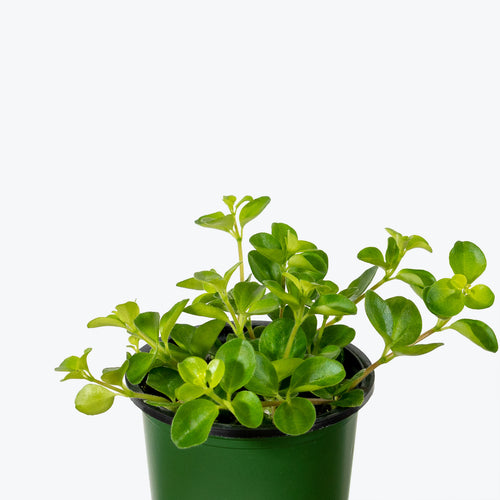

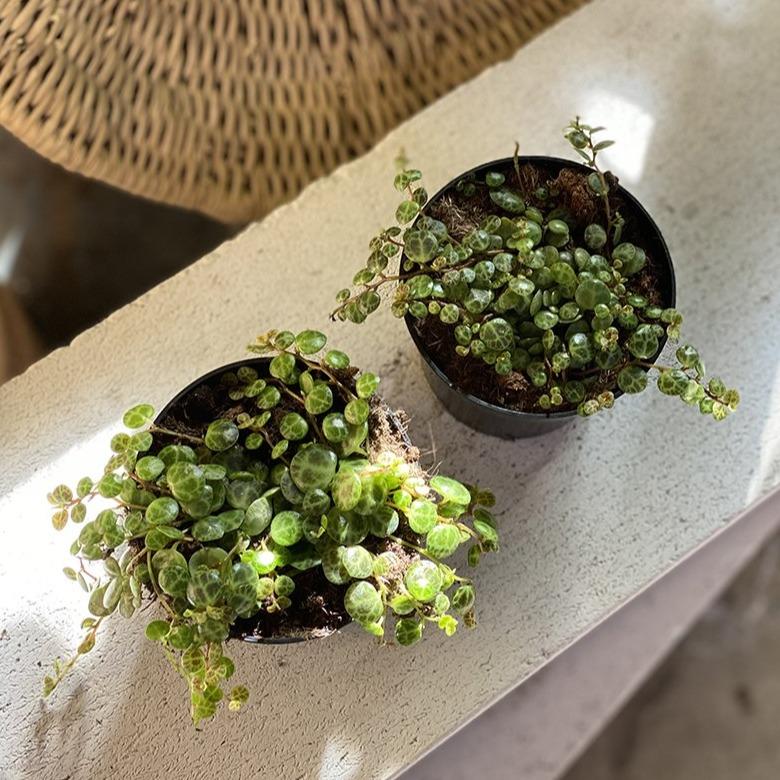

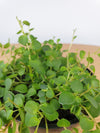

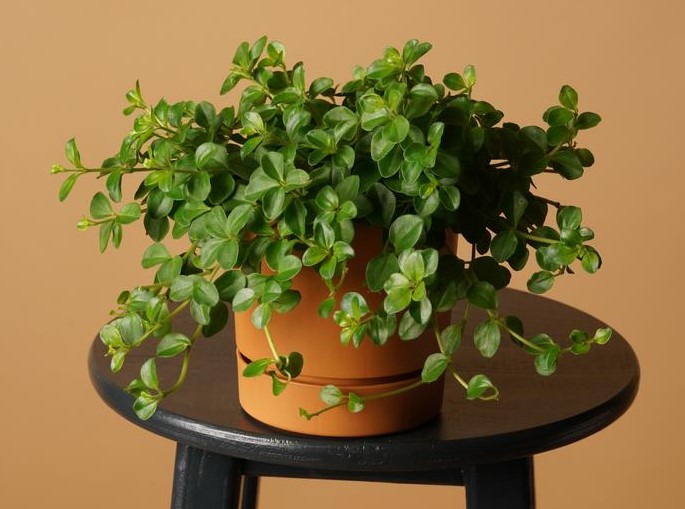
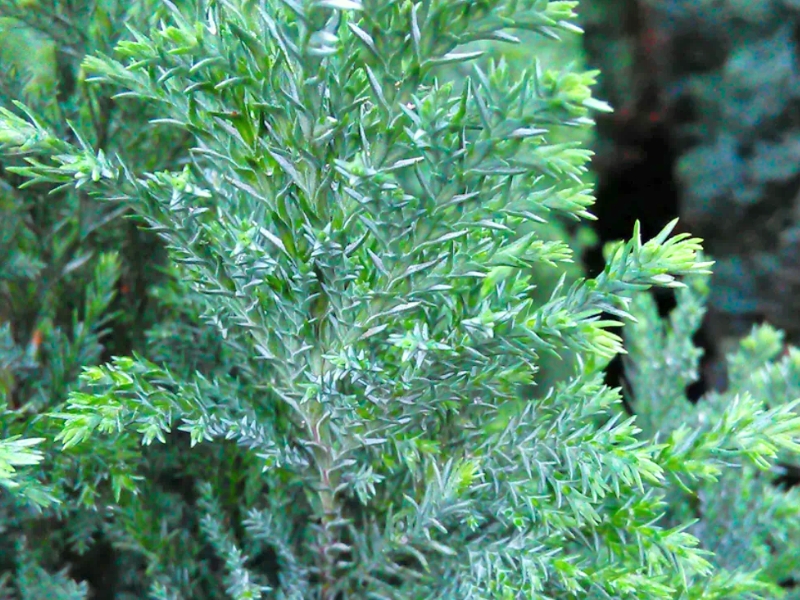
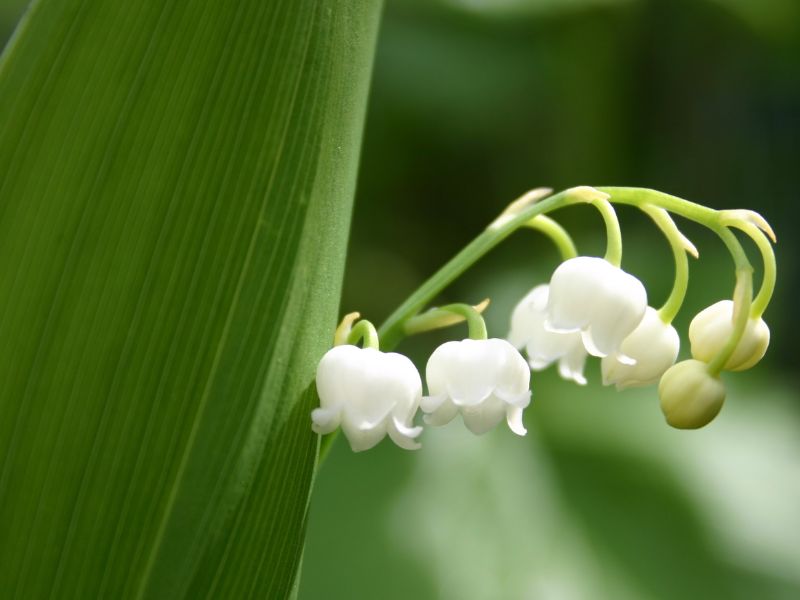
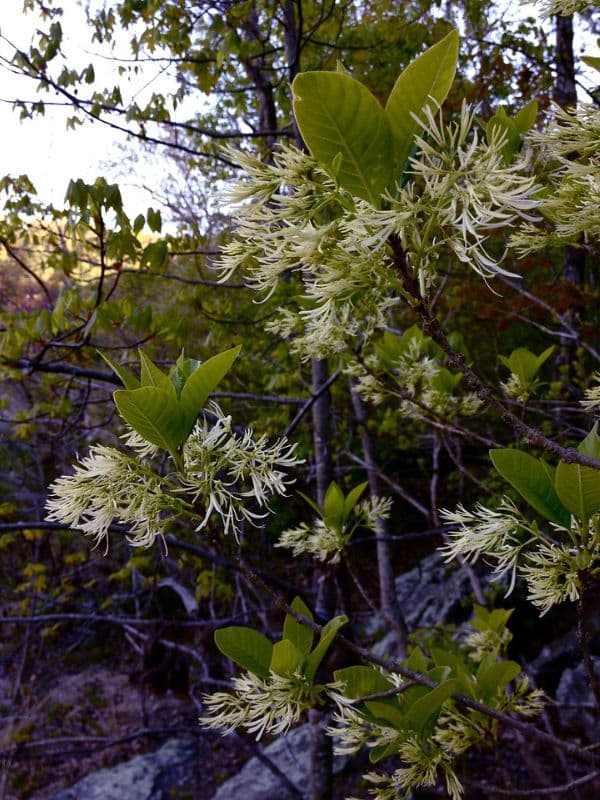
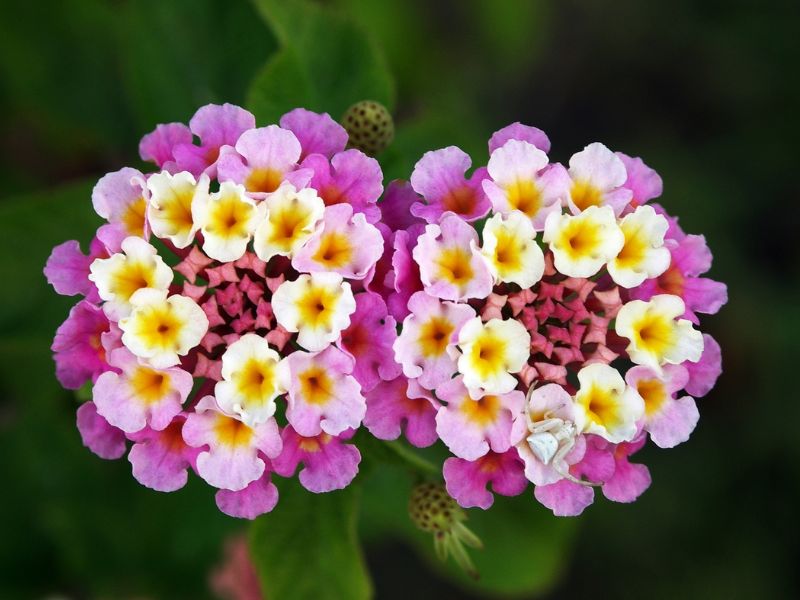
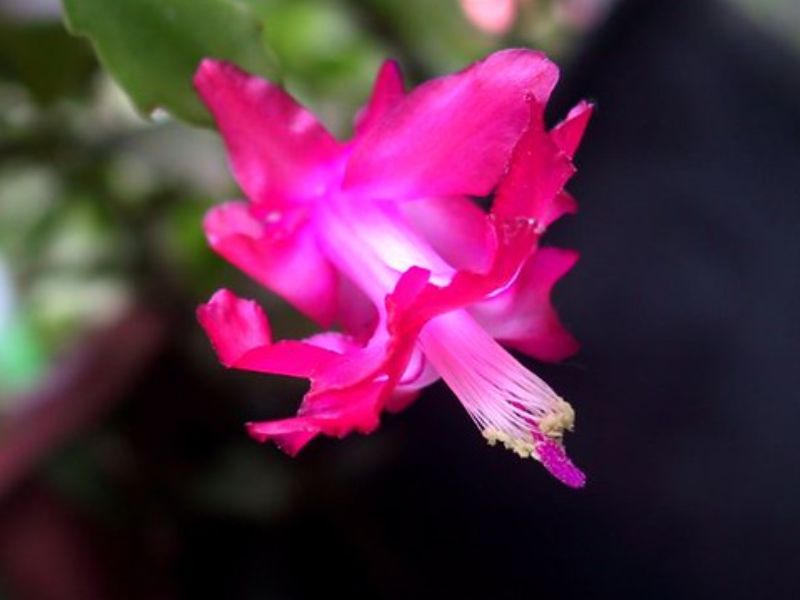
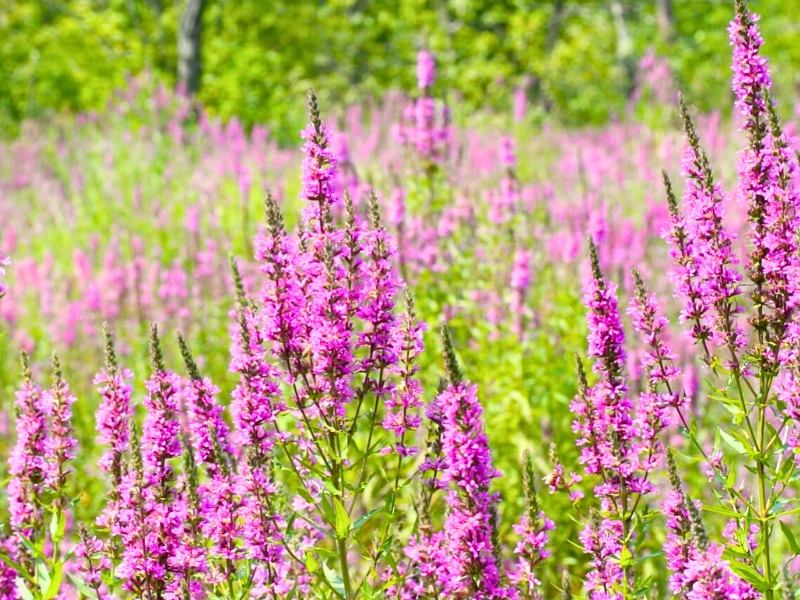
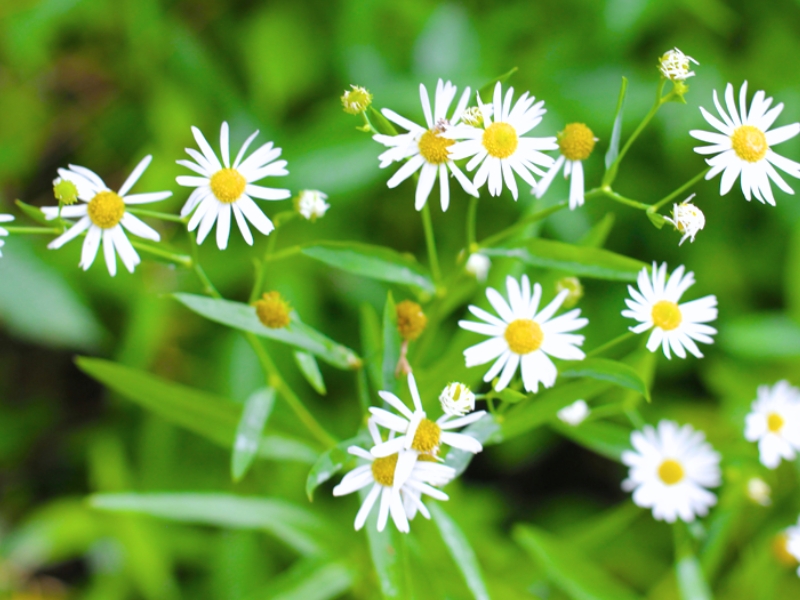
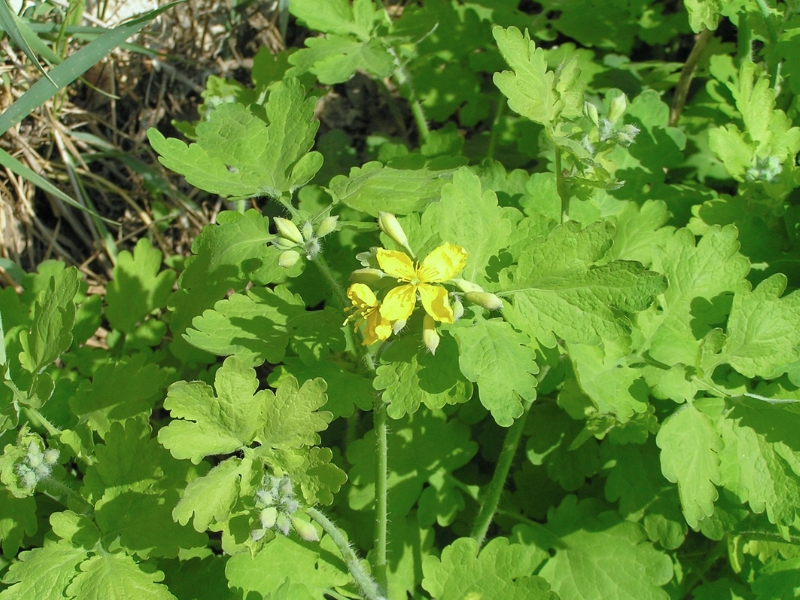
Leave a Reply